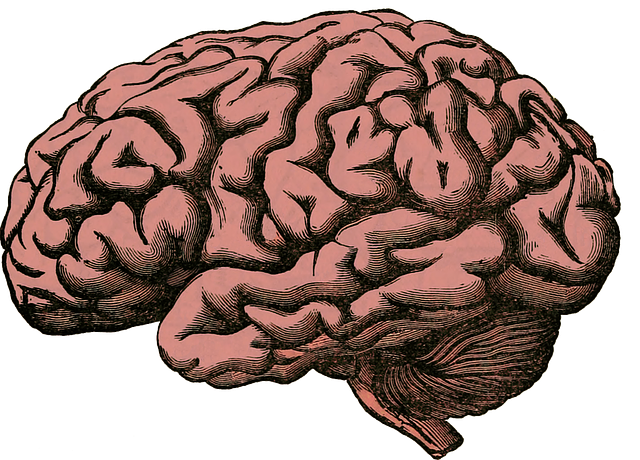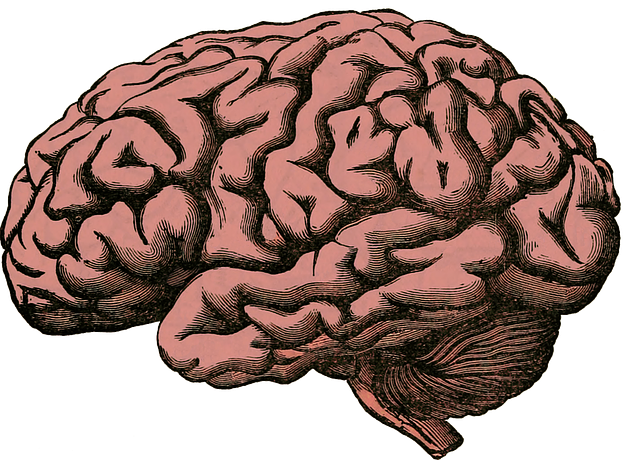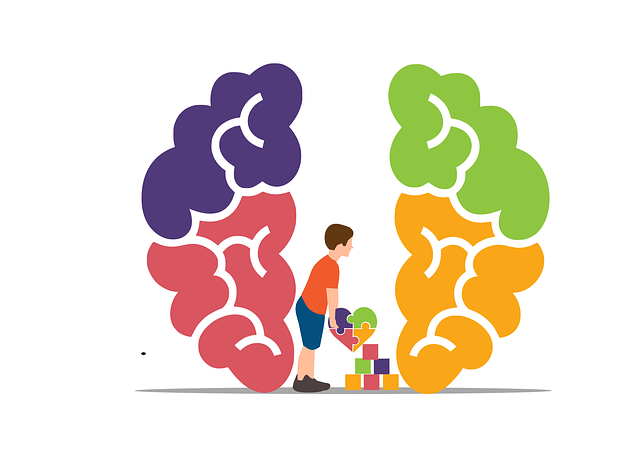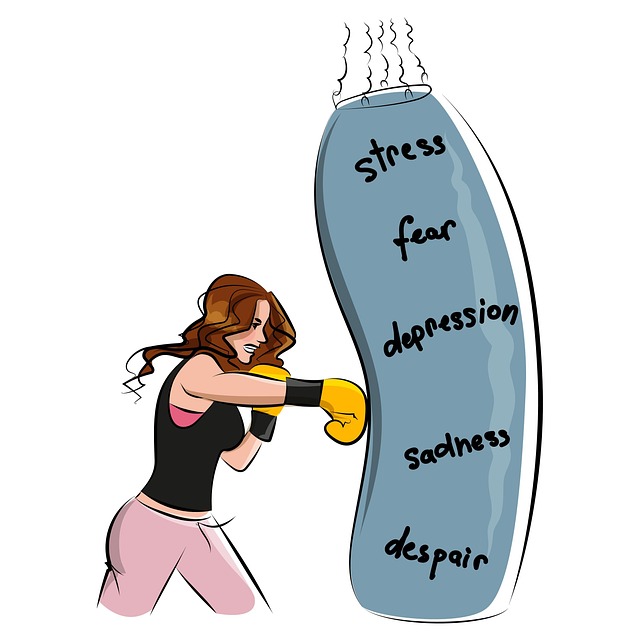Colorado Springs Children Therapy employs a comprehensive risk assessment model for vulnerable youth, addressing emotional and environmental factors through tailored interventions. Their multi-faceted approach includes detailed risk analysis, evidence-based therapy, safety plan development, cultural sensitivity training, staff conflict resolution skills, mindfulness meditation, and regular protocol reviews. This holistic strategy ensures children receive accessible, effective care that promotes long-term mental health resilience.
In the realm of Colorado Springs children’s therapy, risk assessment and harm minimization planning are paramount for ensuring safe, effective treatment. This comprehensive guide explores essential practices tailored to the unique needs of vulnerable youth. We delve into the core principles of risk assessment in clinical settings, highlighting a successful Colorado Springs approach. Furthermore, we detail key components of harm minimization planning and provide strategies for seamless implementation and ongoing improvement.
- Understanding Risk Assessment in Children's Therapy: A Colorado Springs Approach
- Key Components of Harm Minimization Planning for Vulnerable Youth
- Strategies for Effective Implementation and Continuous Improvement in Clinical Settings
Understanding Risk Assessment in Children's Therapy: A Colorado Springs Approach

In Colorado Springs children’s therapy, risk assessment is a foundational component of delivering effective and safe care. It involves meticulously evaluating potential hazards and their likelihood within various therapeutic settings. Therapists consider both internal factors, like a child’s emotional state and past experiences, and external elements, encompassing the physical environment and interpersonal relationships. This comprehensive approach ensures that interventions are tailored to address not only present challenges but also mitigate future risks.
The Colorado Springs Children Therapy model emphasizes crisis intervention guidance as a key strategy in harm minimization planning. By equipping both children and their caregivers with self-care practices and stress management techniques, therapists empower them to navigate difficult situations proactively. This proactive stance goes beyond addressing immediate crises; it fosters resilience, enabling children to cope with future stressors more effectively.
Key Components of Harm Minimization Planning for Vulnerable Youth

Harm minimization planning for vulnerable youth involves a multi-faceted approach that centers around early intervention and comprehensive support services. In Colorado Springs Children Therapy, the process begins with a thorough risk assessment that identifies potential hazards and triggers unique to each child’s environment and experiences. This includes analyzing both external factors, like community dangers and family dynamics, as well as internal ones, such as emotional resilience and coping mechanisms.
Key components of effective harm minimization strategies include developing tailored safety plans, enhancing communication skills through evidence-based therapy techniques, and fostering self-esteem improvement programs. Mental Health Policy Analysis and Advocacy plays a crucial role in ensuring these interventions are accessible, culturally sensitive, and aligned with best practices. By integrating communication strategies that promote open dialogue and understanding, professionals can empower young individuals to express their needs and make informed decisions, ultimately mitigating risks and promoting positive mental health outcomes.
Strategies for Effective Implementation and Continuous Improvement in Clinical Settings

In Colorado Springs Children Therapy, effective risk assessment and harm minimization planning are cornerstones of high-quality care. To ensure continuous improvement, clinical settings should implement a multi-faceted strategy. This includes regular staff training on updated risk management techniques, such as Conflict Resolution Techniques, to handle potential challenges with empathy and efficiency. By fostering an environment that incorporates Mindfulness Meditation practices, therapists can enhance their own well-being and better support children’s emotional regulation.
Cultural sensitivity is another vital component of these efforts. Mental healthcare providers should be educated on the diverse cultural backgrounds of their clients, incorporating Cultural Sensitivity in Mental Healthcare Practice to ensure inclusive and respectful care. Regular reviews of risk assessment protocols and debriefings after significant incidents facilitate continuous improvement, enabling therapists to adapt strategies and enhance harm minimization planning.
Risk assessment and harm minimization planning are indispensable components of effective Colorado Springs children therapy. By understanding the unique risks faced by vulnerable youth and implementing robust strategies, therapists can create safer clinical settings. Integrating these practices ensures a proactive approach to protecting clients, fostering positive outcomes, and upholding ethical standards in Colorado Springs children therapy.











